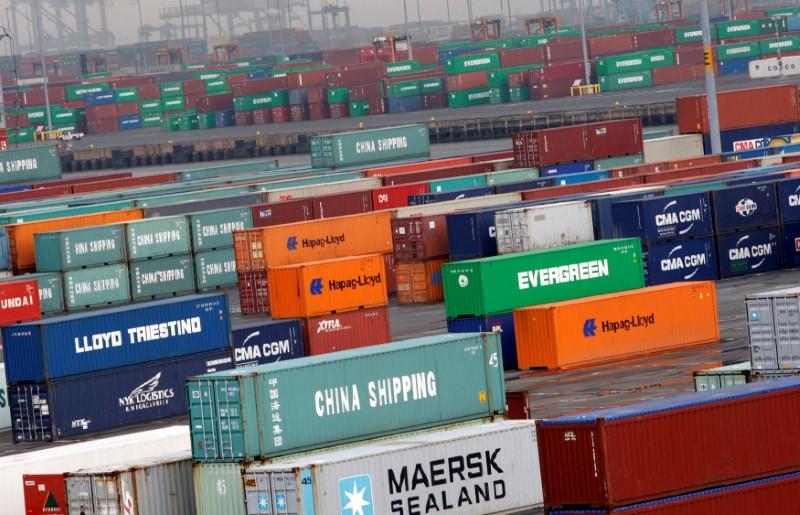By Jeff Ferry, CPA Research Director
The US trade deficit last year surged 12.1%, rising at three times the rate of nominal GDP growth, hampering US economic performance, employment levels, and incomes.
The Department of Commerce reported this morning that the US trade deficit in goods and services came in at $566.0 billion, an increase of $61.2 billion over 2016. The trade deficit lowered US GDP by 2.9% in 2017, as compared to 2.7% in 2016. All the other major components of GDP—consumption, investment, and government spending—rose, leaving the trade deficit as the only negative force.
A widening trade deficit directly impacts total national income (GNI) and production (GDP). But the negative impact of a large trade deficit goes deeper than its simple subtraction from US production. As importers take a larger share of US markets, domestic producers lose market opportunities to increase revenue, employment, profit, and investment. Imports are concentrated in manufactured goods, which include industries that pay better wages than comparable service jobs. Wage growth, which came in at just 2.9% in January, has been held back by the growth of foreign competition, much of it driven by unfair or illegal government support of foreign competitors and an overvalued dollar. And total nonfarm employment, which increased 1.4% to 147.4 million, fared poorly in sectors of the economy facing heavy import competition. Manufacturing employment in 2017, at 12.5 million employees, is still 27% below its level in 2000—after eight years of very anemic economic “recovery.”
Stagnation in the manufacturing sector combined with growth in the service sector has meant that many workers have simply moved down the wage scale. Upcoming research by the Coalition for a Prosperous America will show that 60% of the two million jobs created in 2017 were low-quality jobs, paying wages below the national average.
The big-picture view is troubling, with much of the US workforce moving from middle-income manufacturing jobs and related positions to service sector employment. While the service sector includes high-paying positions in finance and software development, a larger share of service jobs are in low-paying industries like hospitality, health care, restaurants, and drinking establishments. This has made income inequality worse, leading to political upheaval in both major political parties.
The US bilateral goods deficit with China climbed to a stunning new record of $375 billion. Our imports from China surged 8.5% to $505.6 billion. Our bilateral deficit with Mexico also rose, to $71.1 billion, the second-highest level on record. Our bilateral deficit with Japan worsened slightly to $68.8 billion, while our deficit with Germany improved very slightly to $64.3 billion. Our deficit with Canada worsened by 60% to $17.6 billion, which will increase focus on the ongoing renegotiation of the NAFTA North American trade agreement.
The numbers show that the US has turned over the manufacture of its technology to Asia. The US deficit in advanced technology products surged 32% to a deficit of $110.4 billion. China accounted for $135 billion of this deficit, which is more than 100% of the global deficit in these products. Our advanced technology deficit in IT products (a subset of advanced technology) rose to an astounding $165 billion last year.
Government Action Needed
The steep rise in the 2017 trade deficit is a blunt reminder that the Trump administration’s needs to move more aggressively on trade. Leaks from the administration have suggested that this year will see strong action on the trade front, including action on China. The administration needs to act soon. Turning around this negative trade picture will require multiple actions including trade agreement renegotiation, enforcement of existing trade legislation, and addressing the overvalued dollar.
The United States remains the largest consumer market for many exporting nations. The Federal Reserve has maintained low interest rates for years, encouraging further borrowing rather than the production growth needed to build the real economy and avoid stock market bubbles.













